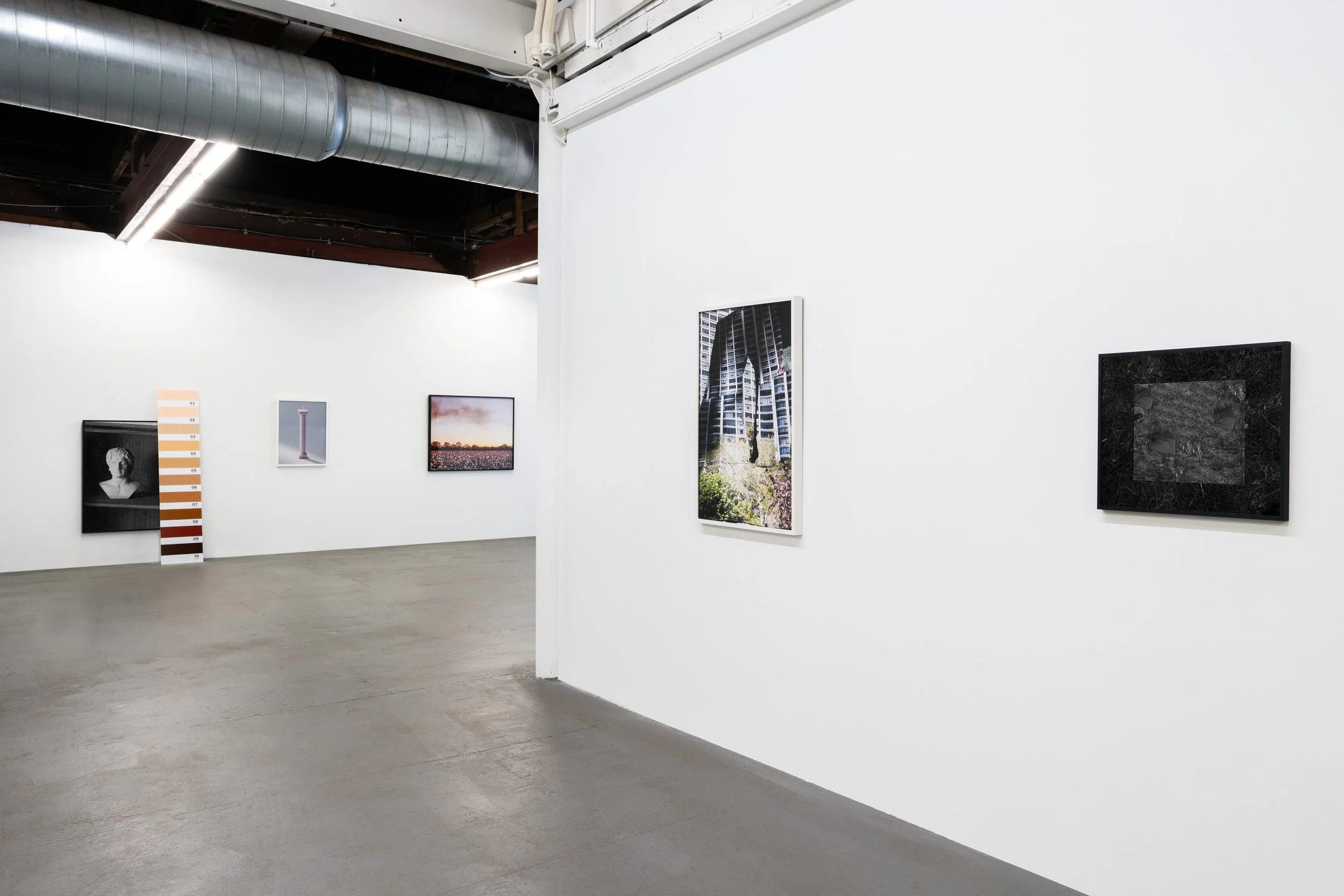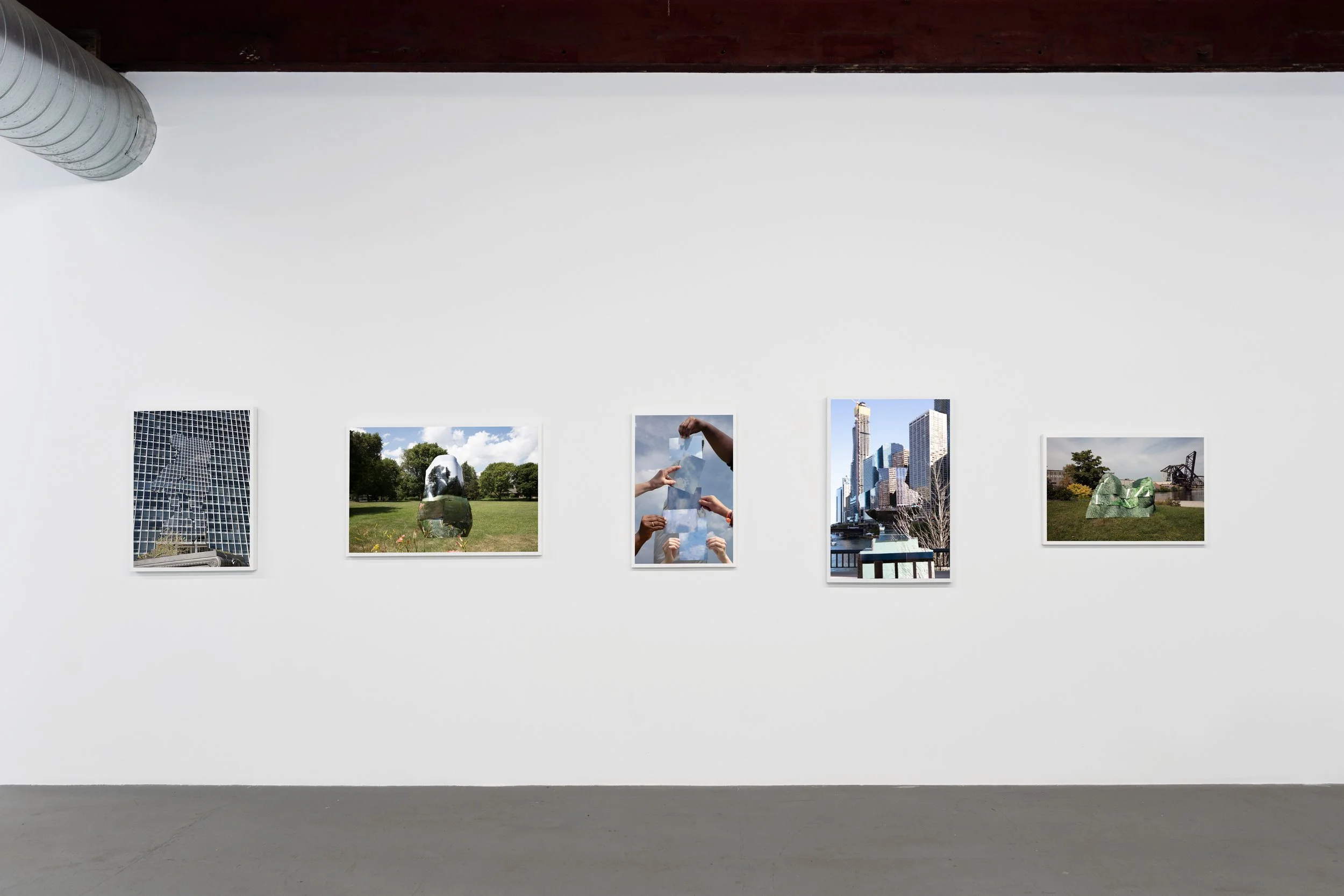NWL, FEATURING NEW AND EXISTING WORKS BY KELLY KRISTIN JONES, CO-CURATED IN COLLABORATION WITH THE RACIAL IMAGINARY INSTITUTE (TRII).
The Luminary is pleased to present its fall exhibition nice white ladies, co-curated in collaboration with The Racial Imaginary Institute (TRII). This exhibition emerged from conversations between Stephanie Koch, Interim Executive Director of The Luminary, and Simon Wu, co-curator and Program Manager of TRII, reflecting on the role of white people in dismantling whiteness. Too often, it seems, exhibitions rely on the crucial work of non-white people to critique whiteness. How can white people dismantle white supremacy within themselves and their own communities, and what would that look like in an exhibition format?
Kelly Kristin Jones has made work in photography, sculpture, and performance for the last five years that reflect on white women's role in upholding and promoting white supremacy. By offering a more evident diagnosis of the problem, she seeks to create space for alternatives. Exhibited for the first time in St. Louis, nwl brings together new and existing work from Jones that draws on various sites: the domestic, the monument, and the media, for the ways that nice white ladies (or nwls) subconsciously uphold the aesthetics of white dominance, spatialize their supremacy, and place themselves in proximity to power.
In her Dodging Tool series, Jones first began exploring the process by which white women have memorialized white supremacy through public monuments. Each black-and-white photograph features a blank, white geometric form, which, as it covers, also suggests the underlying whiteness that these monuments seek to uphold. The white form is also reminiscent of a dodging tool, which within photographic processes, lightens the image, speaking to the photography's role to image and distribute flows of white power.
Jones continues this research for two new bodies of work presented at The Luminary. The photographic series Untitled presents outlines of Grecian urns and shapes cut out over scenes lit by the light of the moon and the installation Impulses of the mob, which features cut-out images of white women's hands as they hold on to various contested monuments. The gestures abstract the parasitic and mutually destructive relationship white women have to white supremacy.
For Jones, catalogs and magazine ads provide a site to consider her questions on the racial bias of photography and its role in reinforcing white femininity. A smiling blonde girl looks over her shoulder with a Mickey Mouse backpack. A sunset over a field of cotton advertises a plantation wedding. A Greco-Roman column made into an Urban Outfitters candle. Enlarged to expose the halftone process's dot pattern, Jones demands that we probe these seemingly innocuous images. Upon a deeper look, one notices the subtle visual cues of white supremacy. This subtlety provides white women an outlet to put themselves in proximity to this supremacy and defend the claims of their complicity in its promotion.
These image-based works complement Jones' sculptural project, A view from home built from neoclassical urns collected from the homes of suburban white women. Classical forms universally echo the ideal of a powerful and stable hierarchy. From temples that house Greek and Roman gods to America's capitals and plantations to our suburban homes, the architectural tradition relies on reaffirming whiteness as the supreme power. A view from home exaggerates the aesthetic of Grecian columns often found in domestic interior spaces with stacked domestic urn planters built of resin and fiberglass.
– Stephanie Koch, Interim Executive Director, Gallery Director, The Luminary
Support for this exhibition has been provided by The Andy Warhol Foundation for the Visual Arts, the Missouri Arts Council, the Regional Arts Council, Art and Education Council, Via Art Fund, and the Wagner Foundation.
Images courtesy of The Luminary and Virginia Harold







